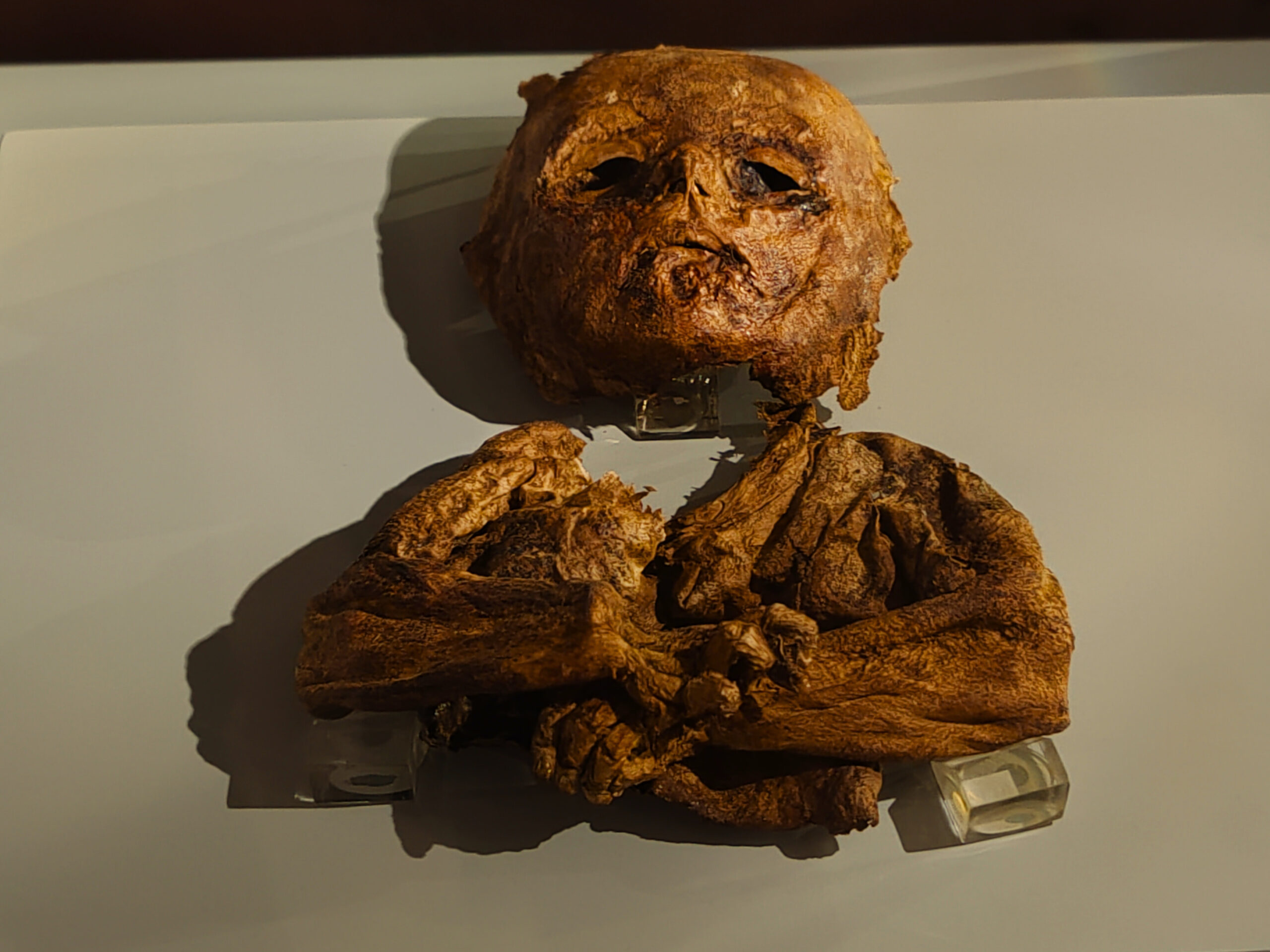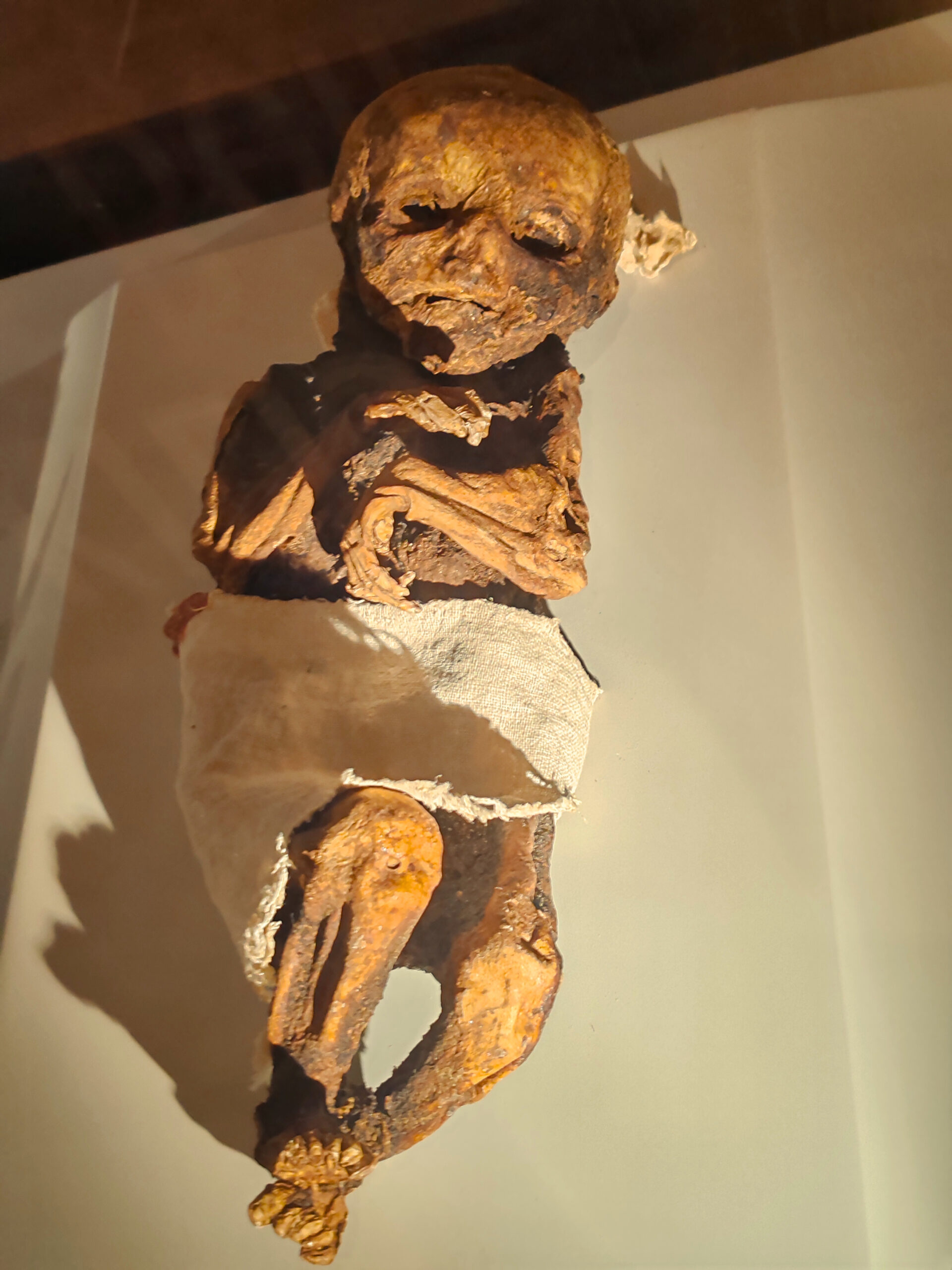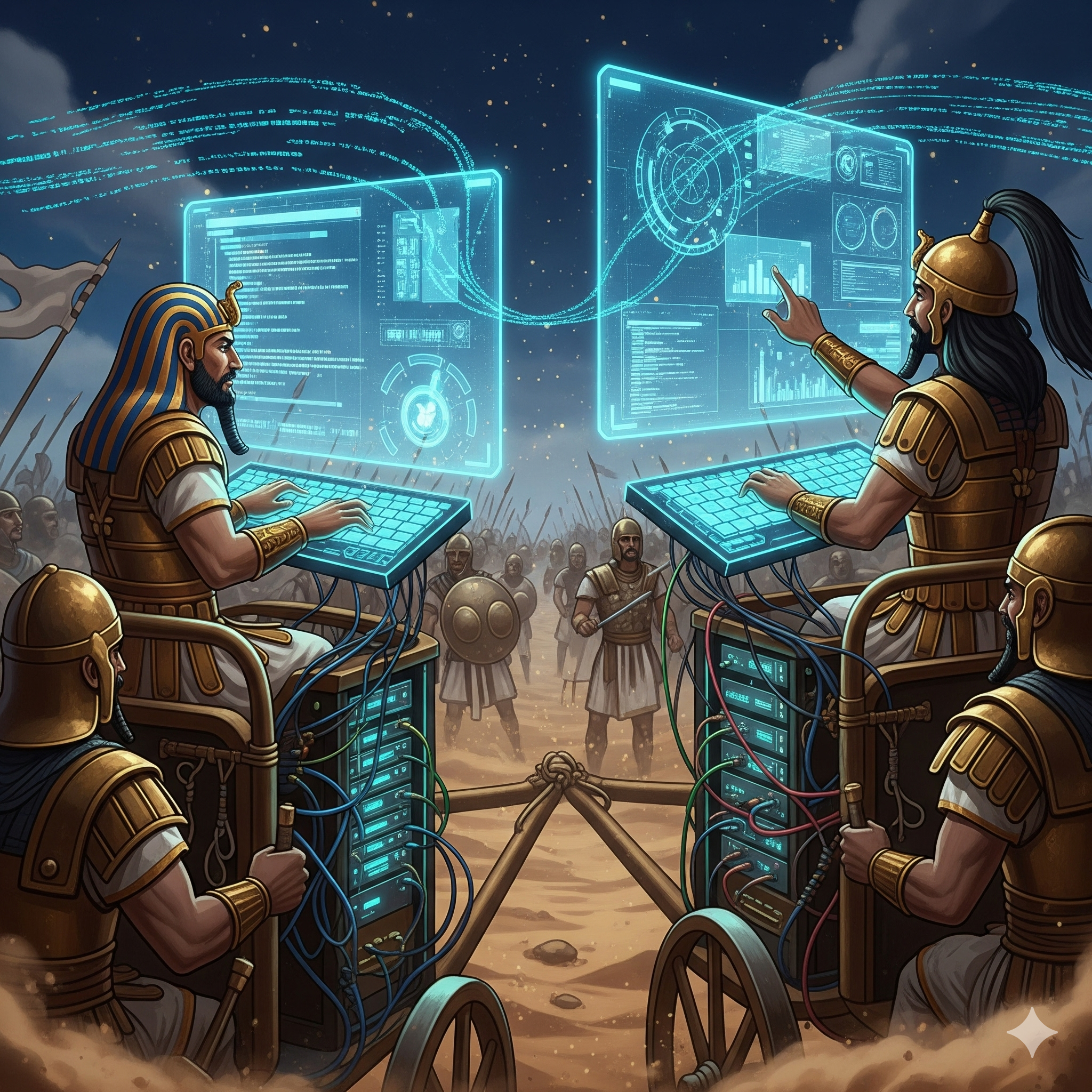Artifact of Inevitability
What it’s about: A solitary statue in the Antalya Museum—not just marble, but a portal into the chaos of time, where myths, power, and oblivion intertwine in an eternal dance.
Why: It stood as empires crumbled and will stand when we turn to dust.
Slogan: It dances while we vanish.
Gaze Through the Glass
In the Antalya Archaeological Museum, amidst fossilized citizens and gods, she freezes in motion. A marble woman, caught in a dance, hovers between inhale and exhale. Dancing in the Void. The pale marble of her skin contrasts with the dark drapery of her garments, as if someone spilled night across her shoulders. You look, and time cracks. This isn’t just a statue—it’s the moment your reality collides with her eternity. She doesn’t wait for your gaze, but you can’t look away. Who is she? A priestess? A nymph? Or merely a shadow of someone’s fantasy, frozen in the 2nd century? Her pose screams motion, yet she’s still. Like you, trapped in the Procrustean bed of modernity, where everything must be fast, but nothing moves.
Matter and Myth
Two marbles—light and dark, the yin and yang of ancient craft. The “Dancing Woman” statue from Perge, dated to the 2nd century CE, is a product of a sculptural school that carved gods and heroes for Roman theaters. Found in the ruins of Perge, likely in the theater where crowds roared and gods stayed silent. Her height is roughly human, but exact centimeters don’t matter when she gazes through you. The two-tone technique is a rarity, a challenge by artisans who played with matter like hackers with code. Light marble for her body, dark for her garments and hair, creates an illusion of life—but it’s life frozen in stone. Myth suggests she might belong to the cult of Artemis, patroness of Perge, or a maenad, drunk on Dionysus. But myths are just stories we tell to fend off the void. No one knows who she is. And that’s her power.
Eye of the Past
Imagine: Perge, 2nd century. The city hums like a server about to crash. Traders shout in the agora, Roman legionaries march, priestesses of Artemis whisper prayers. And she—this woman—dances. Perhaps she was a priestess, her bare feet grazing the mosaic floors of a temple. Or an actress playing a maenad in the theater, where spectators forgot their debts. Her creator, an unnamed sculptor, chiseled into the marble, knowing his name would fade, but her gesture would endure. She watched Perge turn to ruins, sand bury columns, and 20th-century archaeologists unearth her, as if waking her from sleep. She doesn’t remember names, but she remembers everything: the crowd’s cries, the scent of olive oil, the whisper of the wind. Her eyes are empty, but in that emptiness lies all the history we’ve forgotten.
Legacy in Dust
This statue isn’t just an artifact; it’s a mirror. It says: “You too will vanish, like Perge, like Rome, like your tweets and stories.” Her dance mocks our hustle. We build empires, write code, launch rockets, but it’s all just dust settling on her marble. She matters not because she tells a story, but because she’s silent. In her silence lies the philosophy of oblivion. She doesn’t demand worship like statues of gods or explanations like modern gadgets. She simply is. And that’s her challenge: can you just be, without proving anything? In a world where everything must have a purpose, she embodies meaninglessness, and in that lies her freedom.
How Did We Get Here?
Finding her is easy: Antalya Archaeological Museum, Perge Theater Hall. Address: Bahçelievler, Konyaaltı Cd. 88, 07090 Muratpaşa/Antalya. Tickets cost around 15 euros (check the current price; the world changes faster than I write). The museum is open from 8:30 AM to 5:30 PM, but come in the morning when the light is softer and tourists are fewer. Look for her among statues of emperors and heroes—she stands out like a bug in perfect code. From Demre, it’s about 100 km along the D400 highway—two hours by car or bus. But don’t just look: pause. Breathe. Try to hear how she dances in the silence.
#VoiceOfRuins #Archaeology #Perge #Antalya #Dancing #DancingWoman #Antiquity #Marble #Myths #Oblivion #Art #RomanEmpire #Philosophy








Our Telegram-channel: Voice Of Ruins https://t.me/Voice_Of_Ruins
Our Instagram: Voice Of Ruins https://www.instagram.com/voiceofruins/
Our group on Facebook: Voice Of Ruins https://www.facebook.com/share/g/16aitn9utM/
Our site: Voice Of Ruins https://www.voiceofruins.org








Leave a Reply